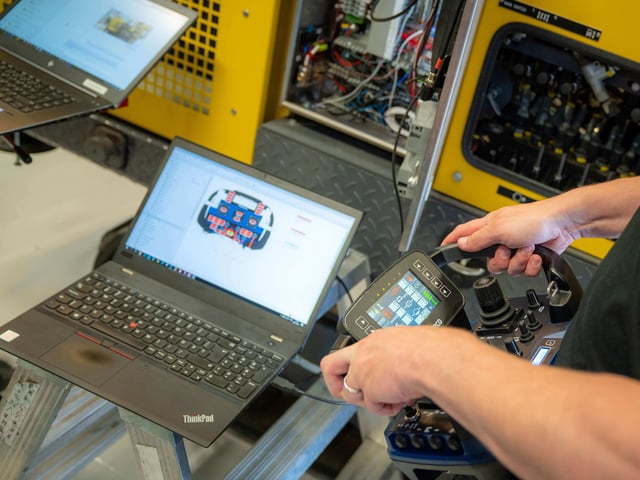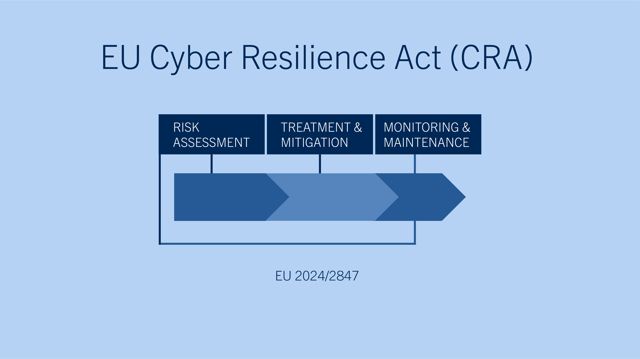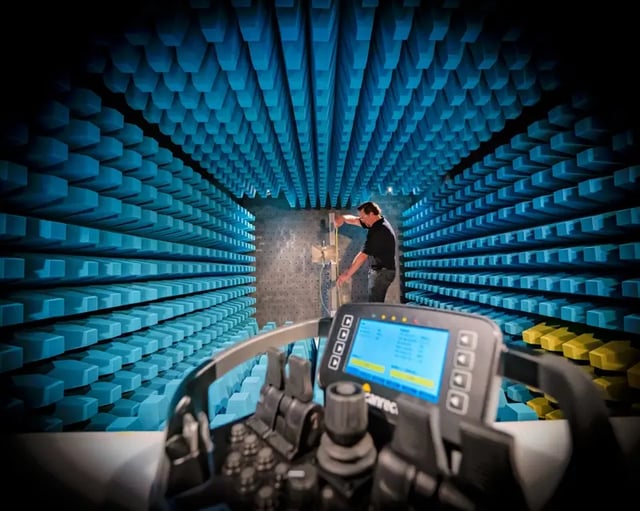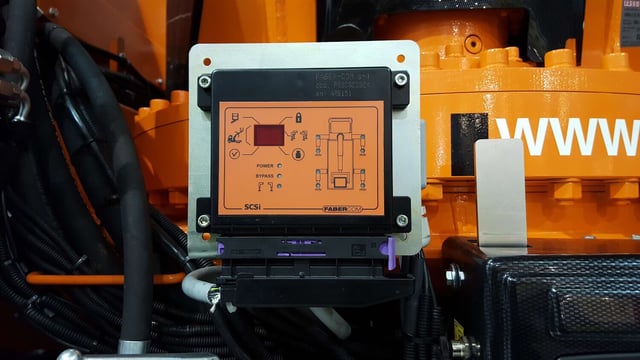Safety—a critical aspect of machine building and heavy equipment manufacturing
With the increasing complexity of machinery and the growing adoption of radio remote control systems, functional safety is not only mandatory to comply with, it has become a way for manufacturers to outbeat competition. Functional safety ensures that equipment operates reliably under all conditions, reducing the risk of accidents and injuries. This article explores the significance of functional safety in the context of machine building and remote control applications.
What is Functional Safety?Functional safety is the aspect of safety that relies on systems or equipment responding correctly to inputs, including potential failures. These potential failures may encompass hardware malfunctions, software bugs, or external environmental conditions, all of which the system must handle appropriately to ensure safe operation. It is the main part in the use of safety-related control systems to prevent dangerous failures and mitigate risks associated with machinery operation. Standards such as ISO 13849 (PL) and IEC 61508 (SIL) define the framework for designing and setting the level of safety for functionally safe systems.
Amie Hafström, Sr Verification and Compliance Engineer at Scanreco:
Safety is an ”umbrella word” including many subcategories such as functional safety, electrical safety, mechanical safety etc. In connection to machinery and their standards there is also the concepts of ”Safety of machinery” or ”Machinery safety” which includes all safety related to a machine. It can be functional safety, electrical safety, mechanical safety etc.

Malfunction could lead to severe consequences on human and property
Importance of Functional Safety in Heavy Equipment
Heavy equipment such as cranes, excavators, and forestry machinery are often operated near to humans and property, and in busy environments. Malfunctions in these machines can lead to severe consequences, including injury or property damage. Safety-related control systems help mitigate these risks by incorporating fail-safes, redundancies, and automatic shutdown mechanisms.
Role of Functional Safety in Radio Remote Control Systems
Radio remote control technology has revolutionized the way operators interact with heavy machinery. Remote control systems improve efficiency and allow operators to control equipment from a safe distance, but they also introduce safety challenges. Complying with functional safety standards ensures that these systems operate reliably, preventing unintended machine movements due to for example, signal loss, interference, or component failures.
Some key functional safety measures in remote control applications include:
- Stop Functions – Ensuring that machinery can be halted immediately in case of malfunction.
- Fail-Safe Mechanisms – Implementing automatic shutdowns in case of signal loss or communication errors.
Compliance with Industry Standards
To ensure the safety levels, manufacturers must adhere to industry standards. The most relevant standards regarding machine and heavy equipment applications include:
- ISO 13849 – Specifies requirements for the functional safety for control systems, including the requirements for specific performance levels.
- IEC 62061 – Specifies requirements for the functional safety of machinery control systems, focusing on the design, implementation, and operation of electrical, electronic, and programmable electronic safety-related systems.
- ISO 19014 – Specifically addresses functional safety in earth-moving machinery.
Complying to these standards helps manufacturers design and certify their products for use in various industrial and construction settings.

Impact of EU Machinery Regulation (EU) 2023/1230
The new EU Machinery Regulation (EU) 2023/1230, which will replace the Machinery Directive 2006/42/EC, introduces significant changes for machine builders and radio remote control manufacturers. The regulation is mandatory for all EU member states and mitigates the need for national legislation. It aims to enhance safety, address emerging technologies, and streamline compliance within the EU market.
Key impacts include:
- Stronger Emphasis on Digitalization and Cybersecurity – The regulation incorporates new safety requirements for digital controls, software, and remote access features, ensuring protection against cyber threats and unauthorized access.
- Revised Conformity Assessment Procedures – Manufacturers will need to follow updated assessment procedures to ensure compliance with safety requirements, particularly for high-risk machinery.
- New Safety Requirements for Autonomous and AI-Driven Machinery – The regulation acknowledges advancements in AI and autonomous systems, mandating stricter safety measures for these technologies.
- Enhanced Documentation and Market Surveillance – Machine builders and remote control manufacturers must provide more detailed technical documentation and adhere to stricter market surveillance requirements.
Adapting to these regulatory changes will be essential for manufacturers to maintain compliance, improve product safety, and ensure continued access to the EU market.
Conclusion
Functional safety is a fundamental aspect of machine building and remote control applications. As equipment and control systems become more sophisticated, ensuring compliance with functional safety standards is crucial for preventing accidents, maintaining reliability, and meeting regulatory requirements.
At Scanreco, we prioritize functional safety in every remote control solution we develop. Our platforms are designed with advanced safety features to ensure reliable and secure machine operation in demanding environments. For more information on our safety solutions, visit our website or contact our team today.







